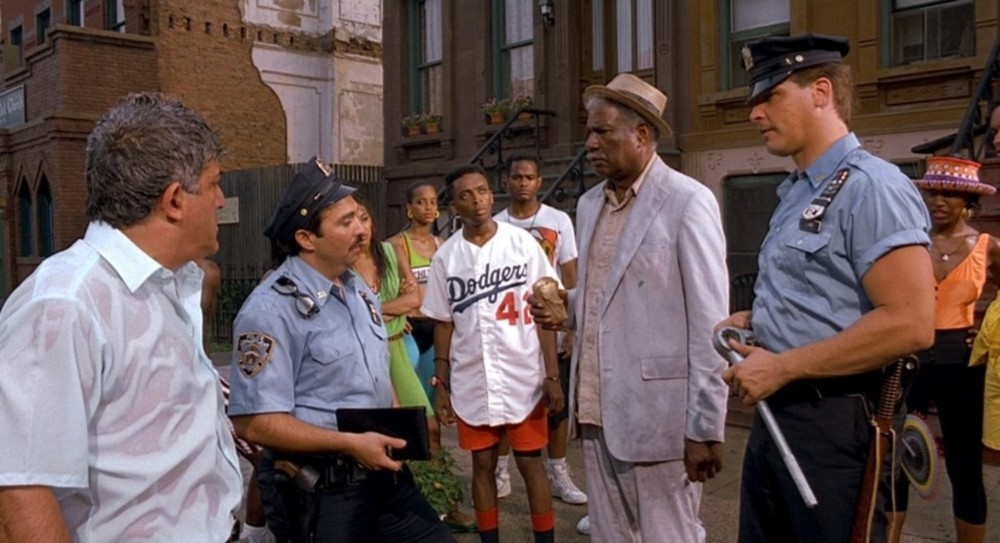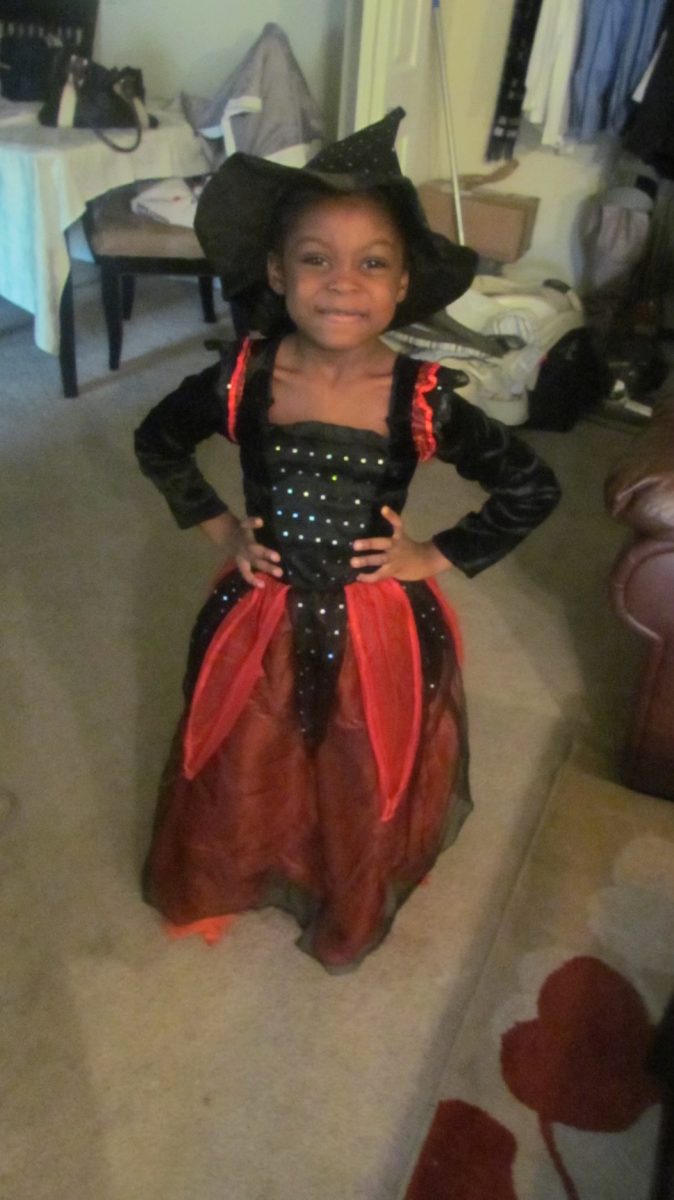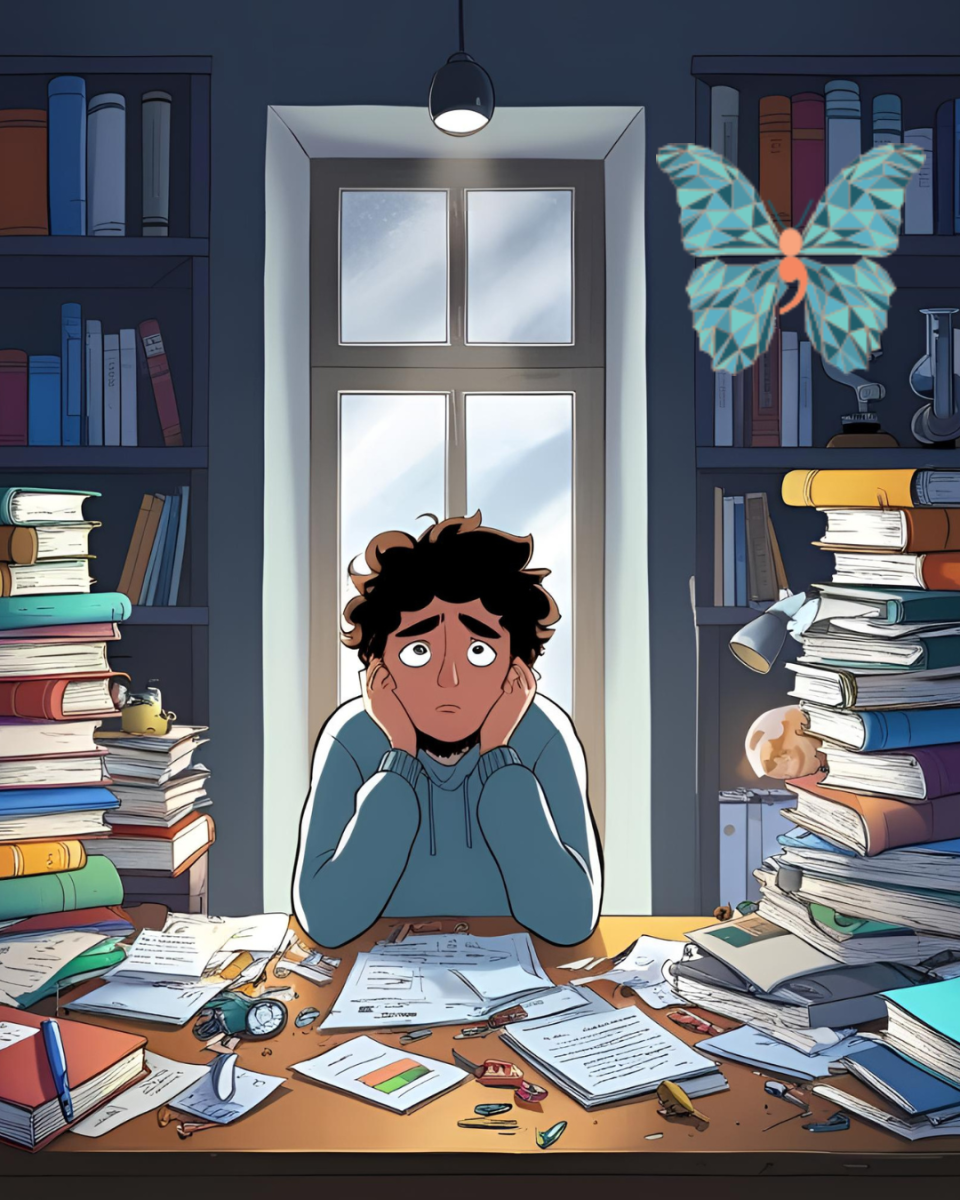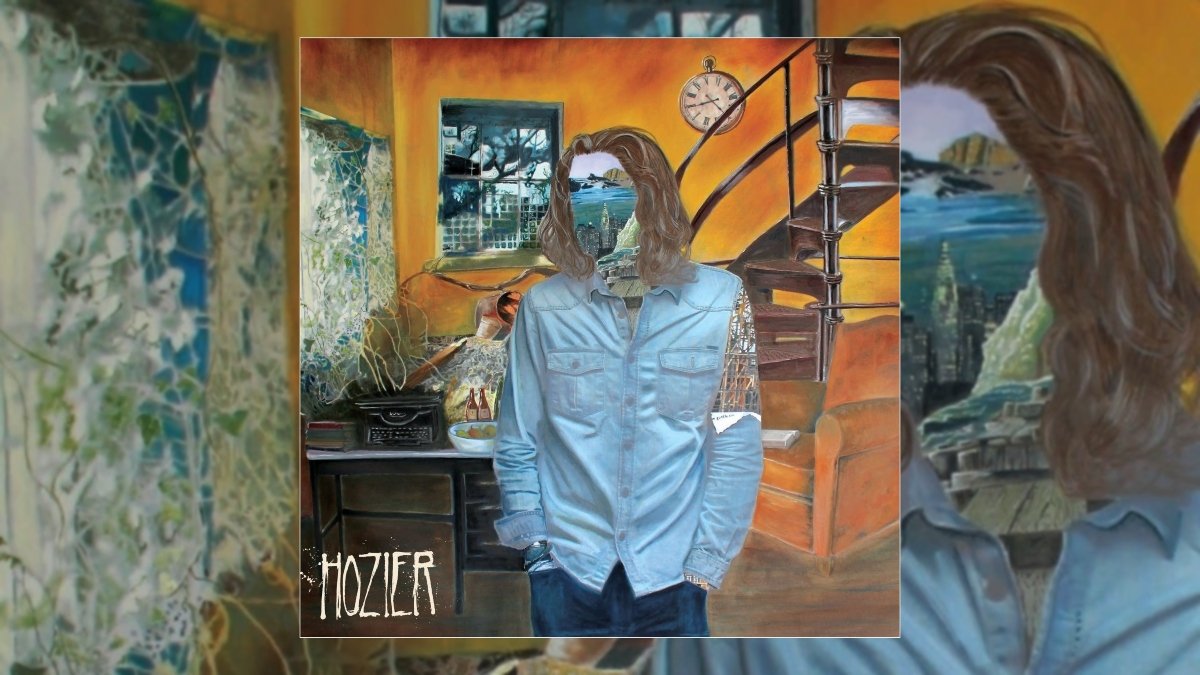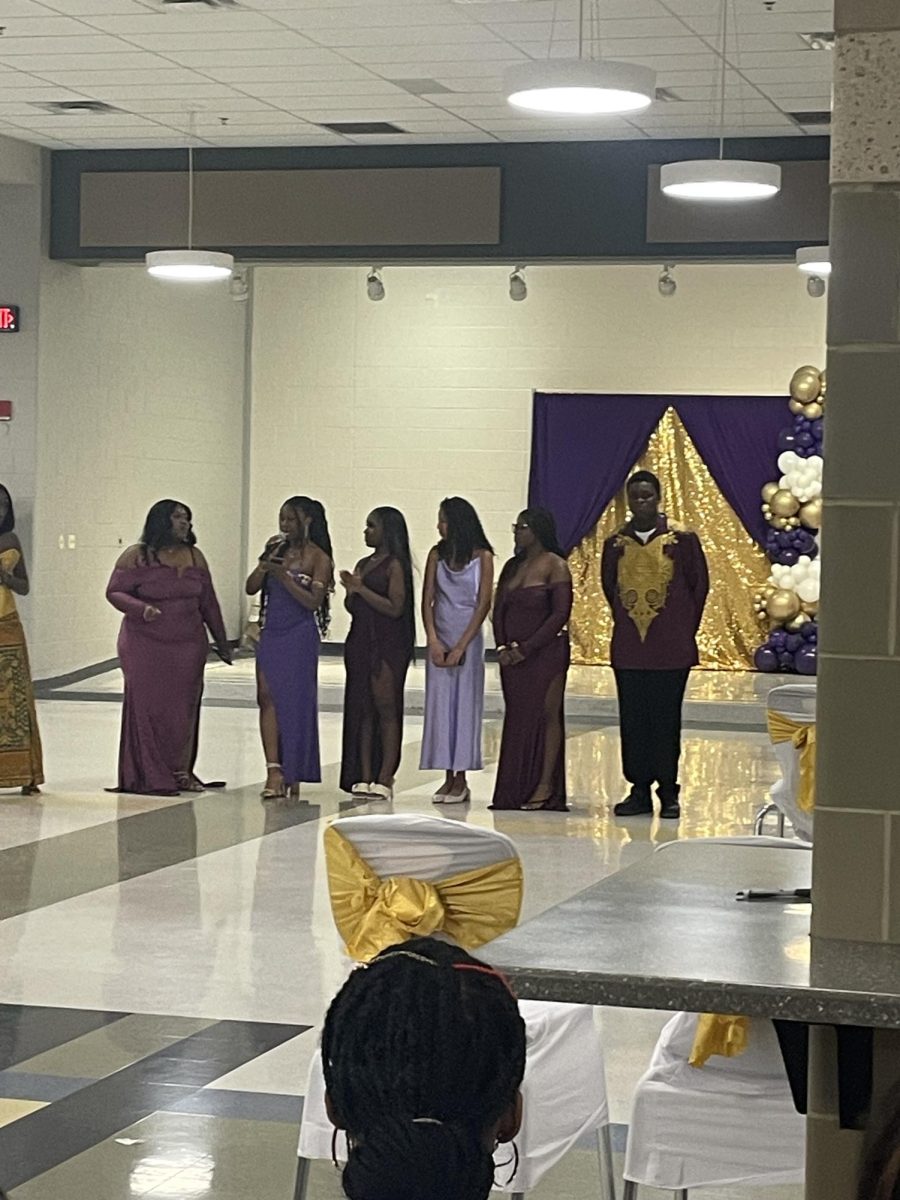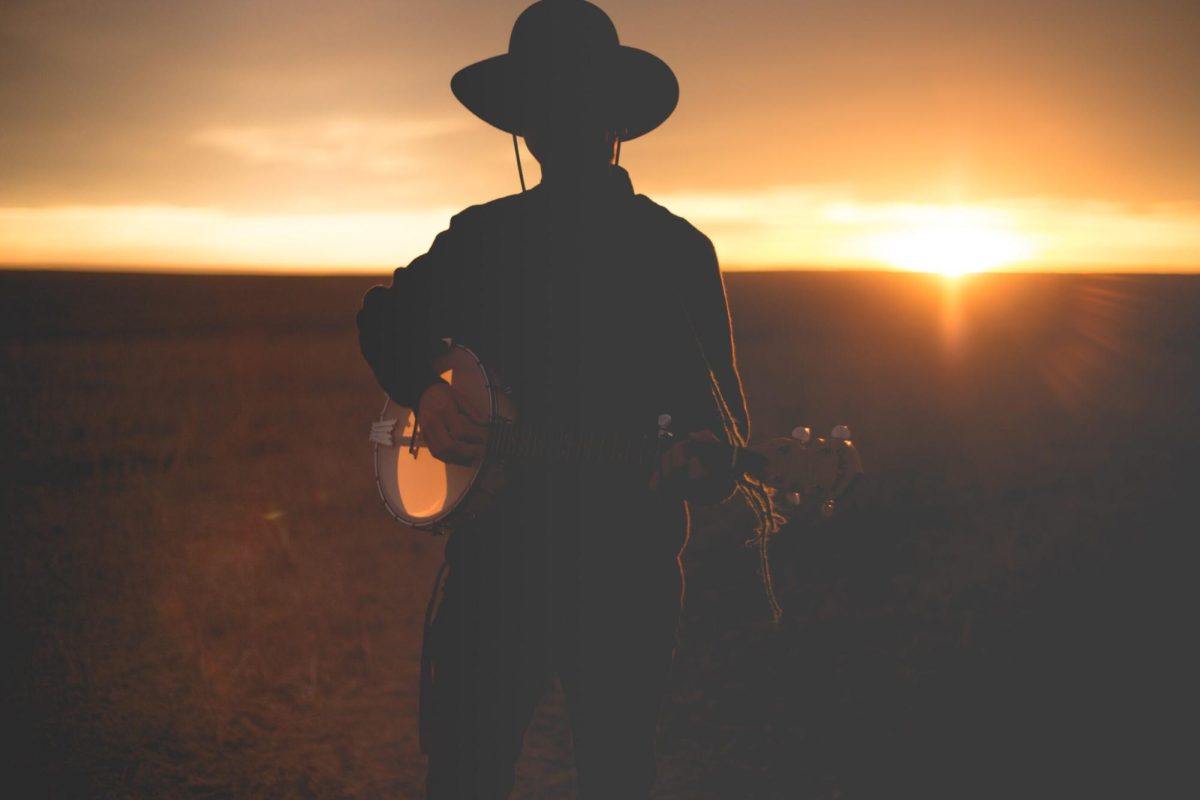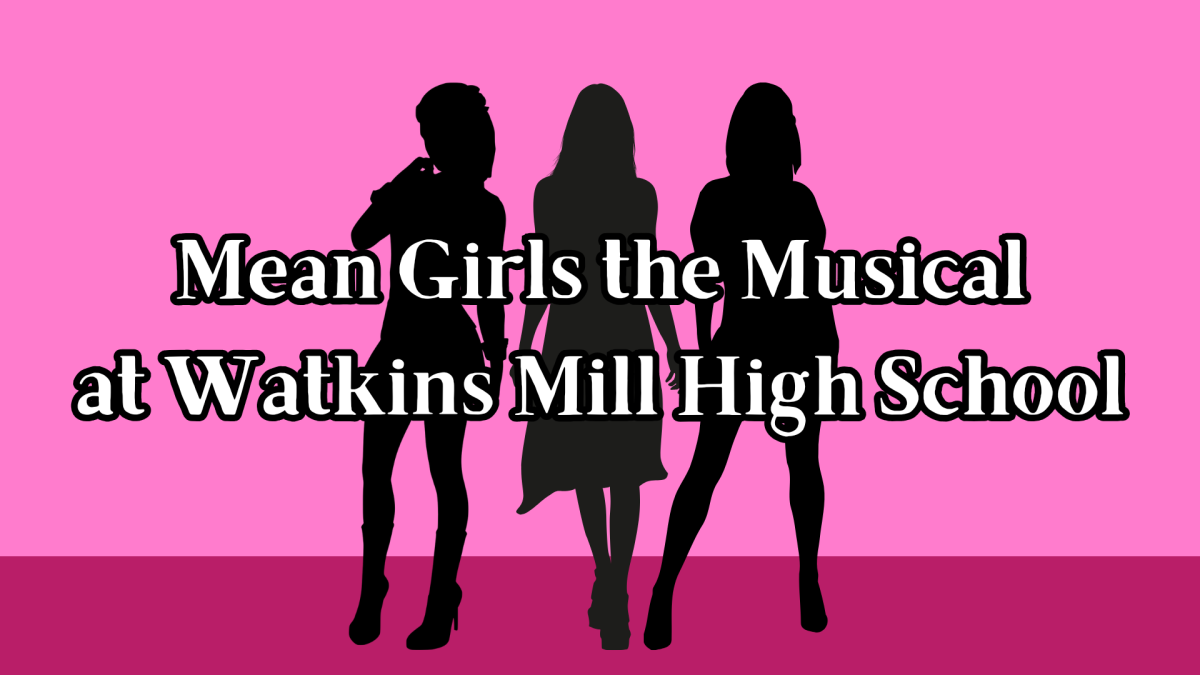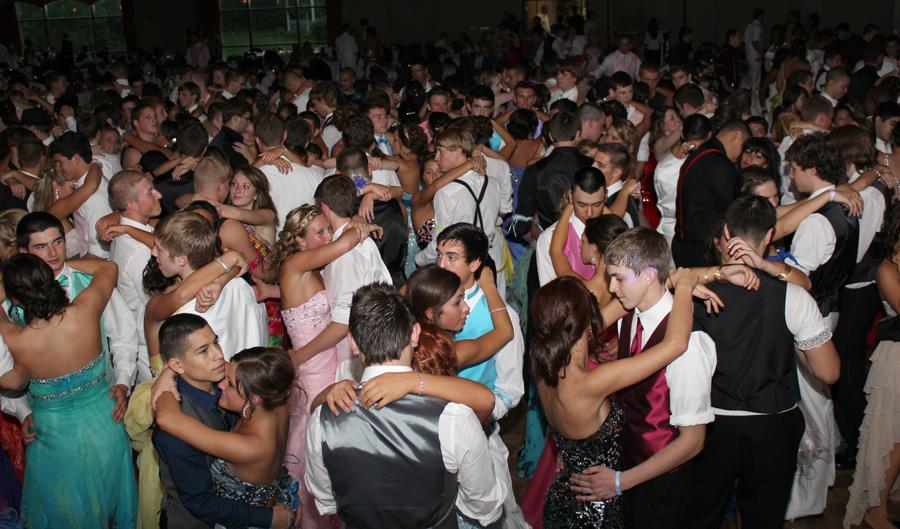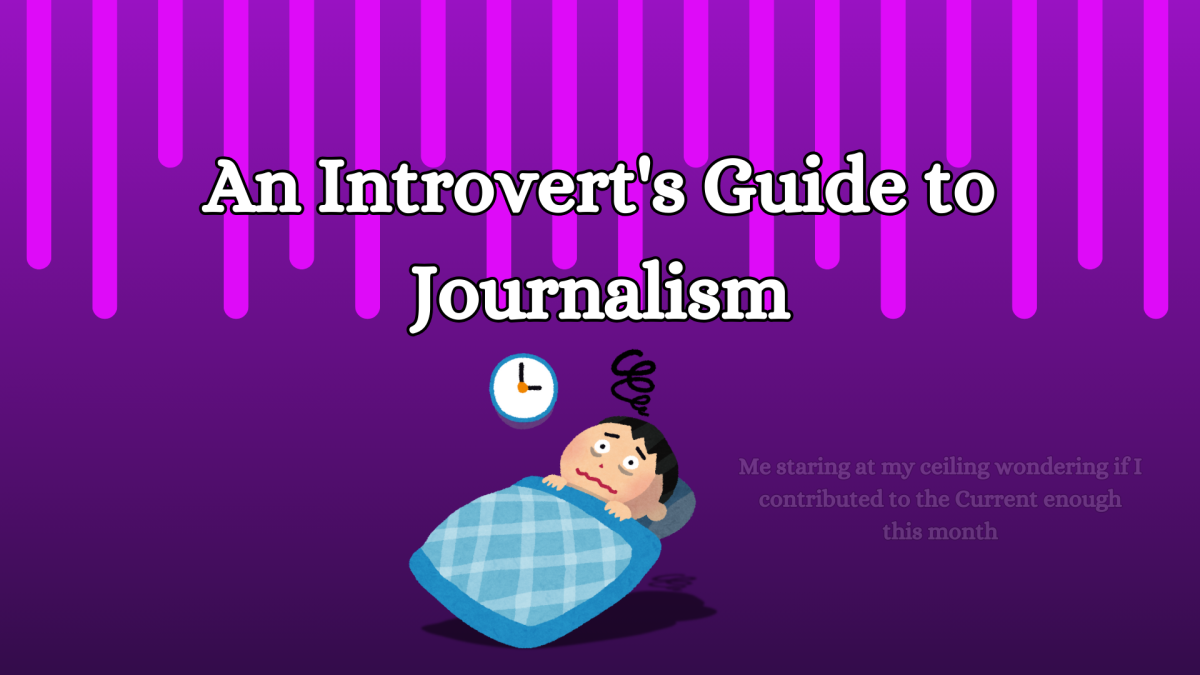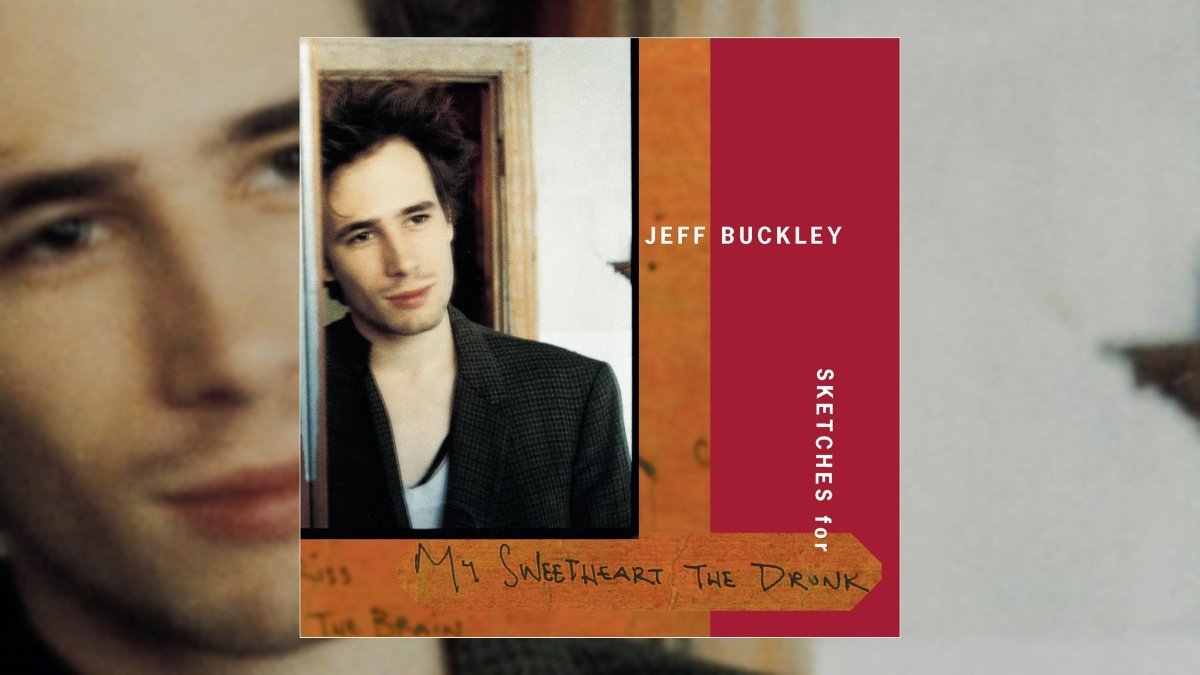This past spring break, I went to visit my sister in London, where she was studying abroad. Originally I was going to write about three of my favorite John Singleton movies and how the stylization of 90s black films was monumental for contemporary media and shaped black cinema to come. I was especially excited to write about “Juice” (1992) and “Poetic Justice” (1993), the latter being my favorite movie of all time. Singleton’s filmography has always been comforting to me, as he celebrates the positive aspects of black culture and life. However, I thought it might be beneficial for me to broaden my horizons, ironically while on a literal plane, and watch the Spike Lee directed movie “Do the Right Thing” (1989). It seemed pertinent enough, as 90s “hood” movies were already heavily imbued with the sociopolitical landscape that manifested itself in the 80s, in light of the “War on Drugs.”
Set on a blistering summer day in Brooklyn’s Bed-Stuy neighborhood, the movie follows Mookie, a young Black man working at an Italian owned pizzeria. The film’s kinetic camera work and eclectic soundtrack (Shout out to Radio Raheem! Fight the Power!) immerse viewers into the complex web of relationships in his community. However, beneath the surface, tension simmers between the Black residents and the Italian-American pizzeria owners, culminating in a confrontation that forces everyone to confront their prejudice.
“Do the Right Thing” does a masterful job at exploring the nuances of systemic racism and just how debilitating the chronic struggle for power is within marginalized communities. The neighborhood dynamics in Do the Right Thing are defined by irony: though most residents are Black, they lack real authority or ownership over their own spaces. Sal’s Italian-American pizzeria and the Korean-owned grocery store serve essentially as economic anchors, highlighting how Black residents are often consumers rather than proprietors. This lack of control breeds an omnipresent frustration.
A telling example of this is Buggin’ Out’s confrontation with a white jogger who scuffs his sneakers. His outrage is less about the shoes and more about any arbitrary resistance towards the encroachment of outsiders and the imminent threat of gentrification. In contrast, the ice cream man scene offers a rare glimpse of equality. Unlike other business owners, he gives each resident exactly what they want, a benign but meaningful act of respect and reciprocity.
At its core, Do the Right Thing poses the ultimate moral quandary: what is the right thing and how does that translate to fractured communities? The film refuses to provide a clear answer: Lee blurs the lines between right and wrong.
This ambiguity is especially resonant today, as elites and politicians on all sides claim to know what’s right, often drowning out the voices of those directly affected. In a world rife with division, the film’s refusal to offer moral certainty is both unsettling and honest. It acknowledges that real communities are driven by emotion, pain and the messy realities of human nature, rather than neat ethical formulas.
Despite accusations that Lee’s film promotes violence, my interpretation suggests something more nuanced. The emotional intensity that is the epicenter of the film is not an endorsement of chaos, but a reflection of the way humans are engineered- reactive and in pursuit of purpose. Ultimately, “Do the Right Thing” suggests that while there may be no singular “right thing”, genuine understanding and open conversation are the first steps towards mending divides.



